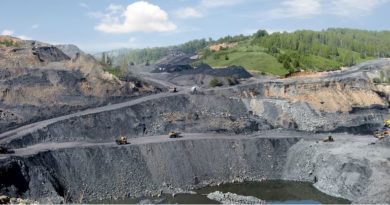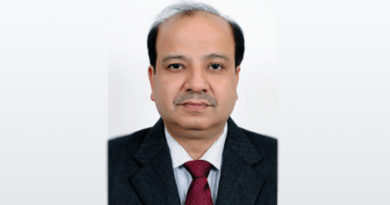Wet Bulb Temperatures Spell An Urgent Need for Renewables For Delhi

According to a report from IEEFA, India’s witnessed a sizeable jump in temperature related electricity demand in the last 12 months. Using wet-bulb temperature as a basis for their analysis, power demand is lowest on moderate days, with massive spikes during hot and humid days especially in the northern region. So before we go any further, what is wet bulb temperature? Quite simply, it is the combination of heat and humidity, that together can make life uncomfortable at a much lower temperatuire than most of you would imagine. Technically, defined as the lowest temperature that can be reached under current ambient conditions by the evaporation of water only. Even heat-adapted people cannot carry out normal outdoor activities past a wet-bulb temperature of 32 °C (90 °F), equivalent to a heat index of 55 °C (131 °F).
Delhi power stations are already operating at close to peak demand, a problem that’ll likely degenerate further as heatwaves become the norm. As Delhi and north India reel from days of sweltering heat and emergency treatment of severe heat illness in India’s capital draws the attention of the world media, the relentless growth in electricity demand for cooling becomes evident again. The burden of power generation for powering fans and Air Conditioners cannot be borne by thermal plants alone, which are already operating close to peak capacity. Scaling up utility-scale solar growth is the need of the hour and must be undertaken rapidly.
Wet-bulb temperature analysis sets itself apart from minimum and maximum temperature measurement by acting as an important index for human health-wet-bulb temperatures above 35 degrees Celsius (°C) have been considered impossible to survive in for more than a few hours. However, some recent studies put that threshold lower, at 31°C. Over the last 12 months, 90% of the peak electricity demand for Delhi was accounted for by WBT temperature. In the corresponding period a year earlier, the figure was 87%.

There are 4 key takeaways from this chart.
First, the power demand is lowest on moderate days, with substantial increases when wet-bulb temperature goes above 30 C. Demand also goes up during colder and drier days, when the demand for heaters is high, albeit not that much.
Second, there has been a marked increase in the number of very hot and humid days when WBT goes above 30 C, with a jump of 40% year over year. While the increase could just be chance, deeper analysis is required to establish whether the trend is robust. Regardless, the levels directly threatening human health have been surpassed more than often in this heatwave, leading national-level newspapers to dub such summers as natural disasters. Cooling on these days goes from luxury to life-saving. Meeting electricity demand on these days becomes paramount.
Third, the growth in demand is itself closely related to WBT. On moderate days, Delhi’s peak demand grew by 188 mW, while it grew by 711mW on very hot and humid days. On cold and dry days, growth was lower but still significant, at 506mW. These figures suggest that Delhi’s recent power demand growth can largely be attributed to cooling and heating, with more year-round factors (such as those related to economic growth) playing a far smaller role.
Finally, because Delhi sits in a region of northern India where most areas tend to experience similar weather conditions, WBT estimated from just one site in New Delhi (Safdarjung) was only slightly less accurate as a predictor of peak demand (85% of daily variation) and total energy (89%) in the grid’s entire Northern Region, encompassing seven states from Punjab to Uttar Pradesh, two Union Territories and the National Capital Region.
Considering thermal power generation is already on the ropes and ought to be cut down ideally, upscaling renewable energy-based power generation is paramount to ensure that the grid can keep up with the heat. Acceleration of the rooftop solar programme to increase generation close to loads may not become just desirable, but a key component in a series of measures to supply additional power, especially in urban areas. this year’s heatwave-driven power demand should remind us that electricity shortage at critical times can no longer be thought of as an inconvenience. Rather, it needs to be seen as a potential threat to life. In that light, redoubling efforts to finance and expedite the clean energy transition are more important than ever.
By Yash Singh




